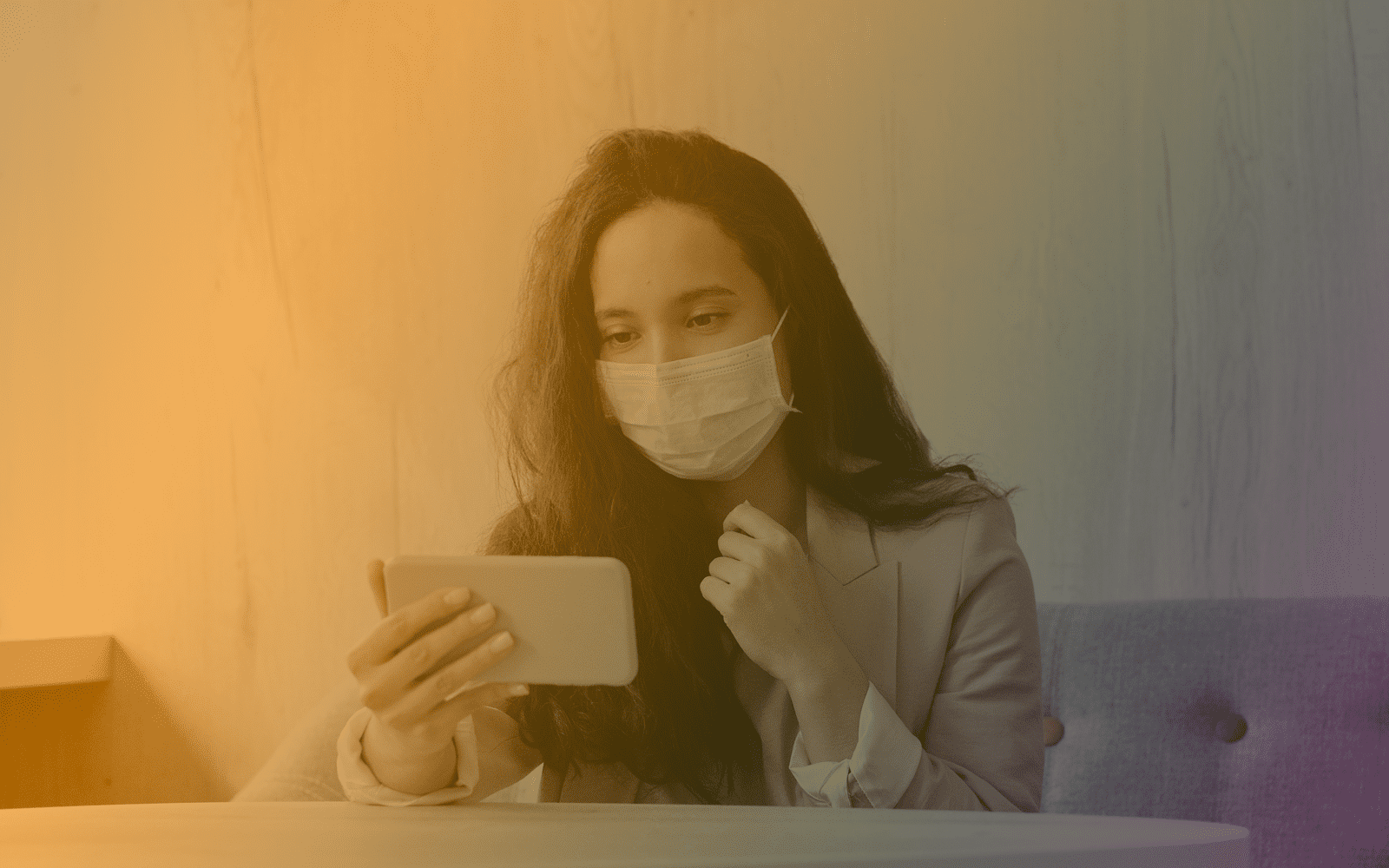Are We Ever Going Back To The Office?

At the start of the COVID-19 pandemic, we were all about ‘going back to normal’, then the ‘new normal’ kicked in and we all got used to working in our pyjamas. As we now approach the “Back To School” time of the year, a lot of us are wondering if there will ever be an office to go back to.
Accounts from different companies all paint a similar picture of the Work From Home experience for their employees.
Most managers predicted that the disruption of normal office work would result in a decrease in productivity. Most quickly realised they were wrong, as a majority of employees found working from home more efficient because of flexible working hours, fewer distractions, no commute and many other reasons.
There’s evidence that many workers managed to move quickly through the 5 levels of remote working, achieving their maximum productivity from their home offices.
Pros and cons of hyperproductivity
Especially those who didn’t have to worry about childcare seemed to reach peak efficiency, although internal communications were sometimes negatively affected.
This showed that negative influences such as the initial shock of readjusting to a new routine and stress and anxiety induced by the ongoing pandemic were offset by the time saved by all those “meetings that could have been emails”.
Another possible explanation, however, is that employees simply worked longer hours than they would normally do, given that most were confined to their home without many options to spend their time on leisure activities.
If true, this would mean that rather than efficiency, working from home caused an increase in working hours and deteriorated social relationships, which – of course – may come with a price.
Speaking of the negative effects of home working, Microsoft CEO Satya Nadella told the New York Times:
“What does burnout look like? What does mental health look like? What does that connectivity and the community building look like? One of the things I feel is, hey, maybe we are burning some of the social capital we built up in this phase where we are all working remote. What’s the measure for that?”
The CEO’s concerns were supported by data: According to a survey carried out by office space rental agency Hubble HQ titled “Should we ditch the office?“, 75% of respondents were negatively affected by a lack of social interactions, and almost 35% struggled with maintaining a healthy work-life balance.
Half of over 1,000 employees surveyed said they felt frustrated with their remote team. The reasons for this varied, but mostly they either had to do with miscommunications or with the so called “Zoom Fatigue“.
“Do we even need an office?”
As lockdown measures were eased, few companies went back to their office, with the majority still preferring to work from home most of the time. Most notably, tech giants such as Facebook and Google are letting their employees work from home until at least summer 2021.
Such drastic measures from industry leaders beg the question: do we even need an office?
According to Hubble HQ’s survey, there is an even split between employees who would like to go back to working at the office most of the time, and those who would like to continue working remotely on a more permanent basis.
However, 70% of the respondents would still want the company to keep an office of some sort. The reasons vary from maintaining a team culture, to collaboration, client meetings, training and more, but they all revolve around the need to be social at work.
In fact, when we think of all the time saved by avoiding lengthy lunch breaks at the cafe near the office, or the water cooler small talk, we run into the risk of forgetting the benefits of those seemingly wasteful pauses.
Over the years, many studies linked the possibility of taking a break at work to increased attention levels, employee engagement and fatigue. Before the pandemic, companies offering perks such as an on-site cafeteria were praised for their outstanding employment practices.
However, the balance between productivity and mental health, and how that balance is attained during a typical working day, may be way more nuanced than we think.
In an interview with Harvard Business Review back in 2012 – when a pandemic-induced lockdown still sounded like an apocalyptic B-movie – professor Charlotte Fritz shared the result of her studies, which validated the idea of a 9-to-5 working day as the best balance between productivity and fatigue.
Fritz’s study focused on the impact of microbreaks, and found that these have a positive effect on our mental health and productivity only if these are used to do work-related things, like talking to a colleague about their work.
This research stresses the importance of the social element of an office-based working environment, where co-workers can communicate openly, exchanging opinions and feedback.
How much WFH is enough WFH?
The pandemic showed us that there is a viable alternative to the office, and the circumstances that created the need for it are – sadly – here to stay. The risk of another pandemic is very real, and COVID-19 itself will remain a threat until a vaccine is widely available.
This means that, rather than having to choose between remote work and office work, companies will need to become flexible enough to seamlessly between the two.
Additionally, given how many employees felt that remote working was a better fit for them than office-based work, many employers will need to allow their staff more freedom on how much time they spend in and out of the office.
Hubble HQ’s survey showed that almost two thirds of employees would be happy to ‘hot desk’ when they’re back in the office. The survey results paint a picture where companies will rent smaller office space, with fewer seats than their whole workforce, so that employees who need to meet with each other or with clients are free to do so, while others are free to work remotely.
According to their data, the real need for office space, according to employee’s preference, will be about one third of what it was before. This figure assumes strict and efficient staff rotas, as well as 100% space utilisation.
While, in reality, post-COVID offices will likely have more capacity than that (if anything, to account for future hires) there seems to be consensus that the future will be a mix of office and WFH.
Employees will likely be empowered with the freedom to choose how much of their working time they spend at the office or elsewhere, according to individual needs.
There is a chance, in fact, that this transition eventually leads to more satisfied employees, as well as more flexible companies with reduced fixed costs and leaner operations.
The information available on this page is of a general nature and is not intended to provide specific advice to any individuals or entities. We work hard to ensure this information is accurate at the time of publishing, although there is no guarantee that such information is accurate at the time you read this. We recommend individuals and companies seek professional advice on their circumstances and matters.




